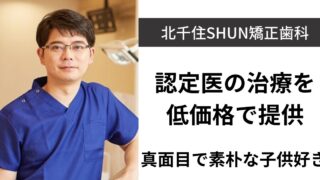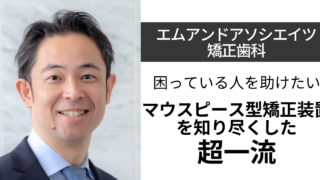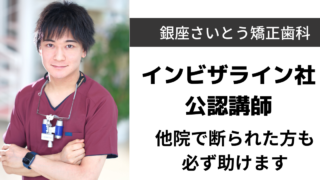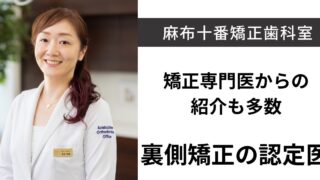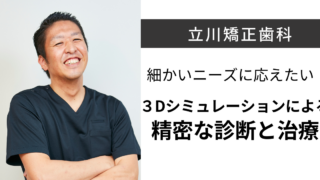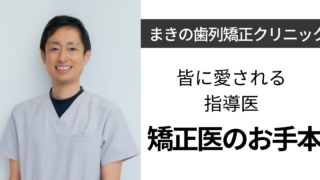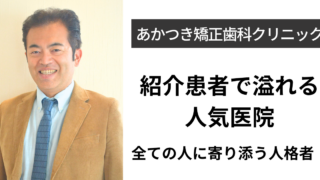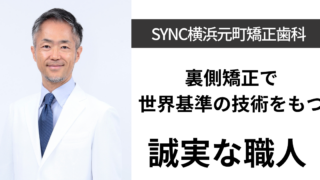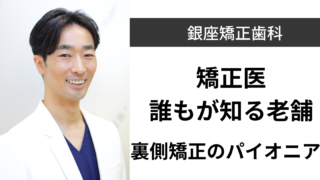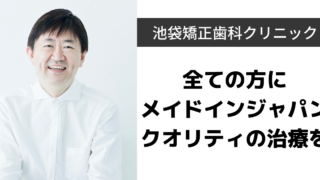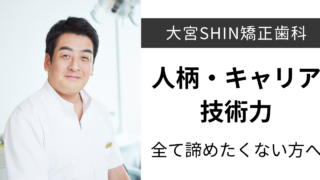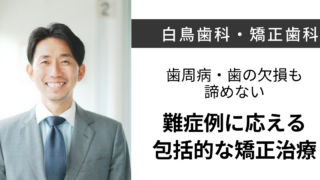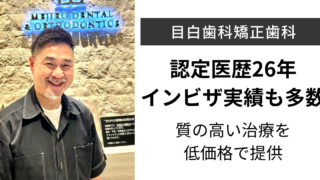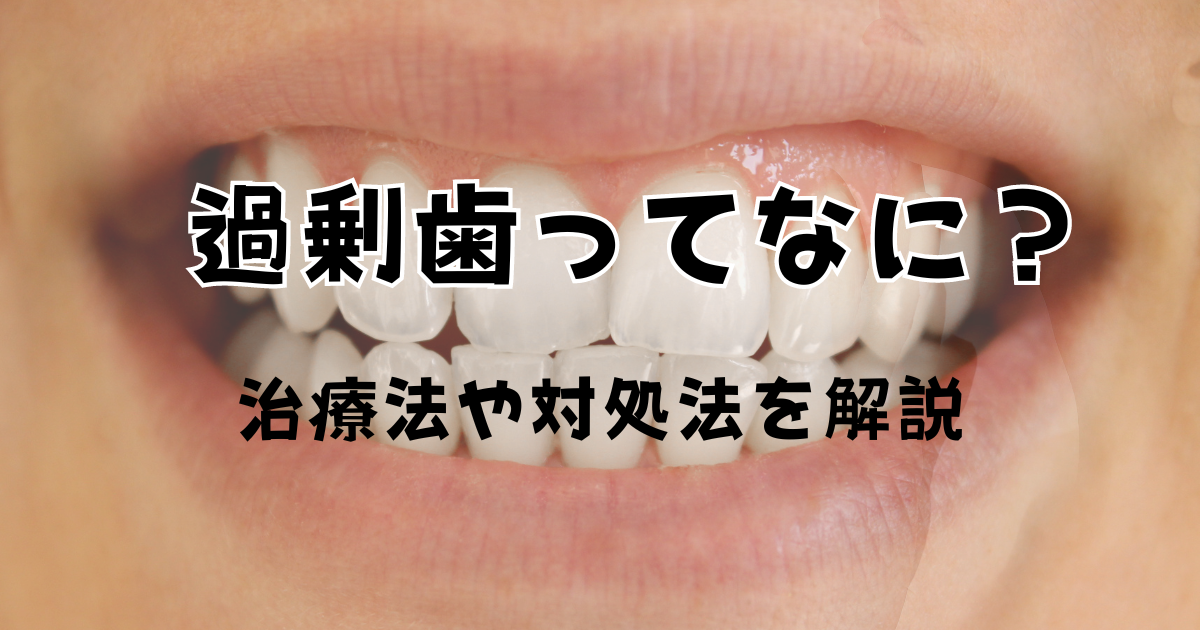
What is over-tooth? Explanation of treatment and remedies
."Excess teeth cause misaligned teeth and bite."
."Permanent teeth do not erupt due to overgrowth."
."I was told I had excess teeth as an adult."
Have you ever heard of something like this?
In this article, we will discuss in detail what excessive teeth are, the problems they can cause, and how and when to treat excessive teeth!
What is over-toothing?
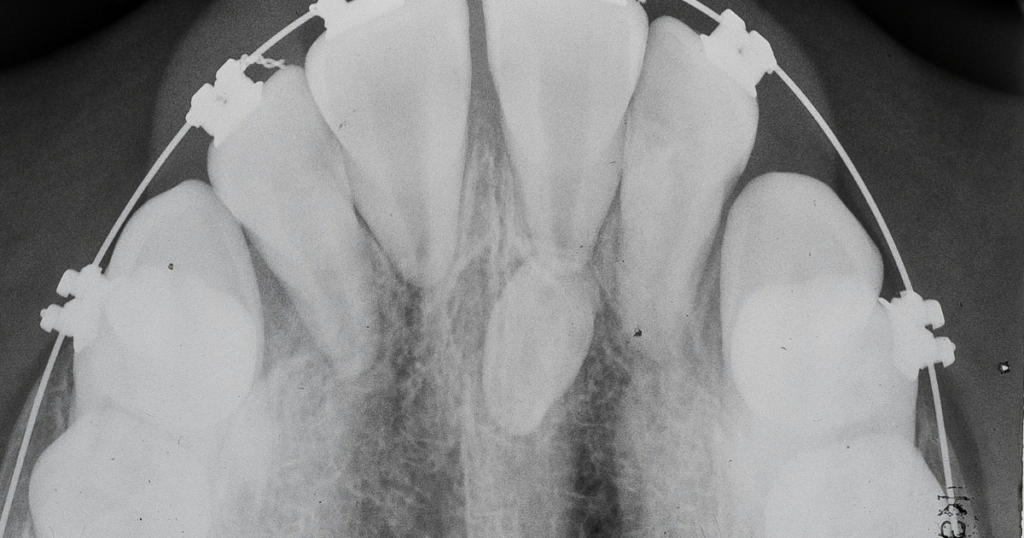
What is excess tooth,Extra teeth than the normal number of teethof the
The number of human teeth is basically fixed, with a total of 20 baby teeth and 28-32 permanent teeth.
The variation in the number of permanent teeth is due to the fact that some people have wisdom teeth and others do not. If there are more teeth than this number, the patient is diagnosed with excess teeth.
Excess teeth appear.Probability is 9.31 TP3T for males and 2.91 TP3T for femalesand tend to be more common in males. It is also more common in permanent teeth than in deciduous teeth. (From the Japanese Department of Orthodontics)
Because some excess teeth are buried in the bone,In some cases, X-rays are taken during the treatment of cavities and other dental problems, and the presence of excess teeth is noticed as an adult.
Excess teeth often have a negative impact on the growth and alignment of permanent teeth, so it is common to extract all but a few of them.
Trouble Caused by Excess Teeth
Excess teeth can cause the following problems
...and teeth and bite are not aligned properly.
...Dissolution of the roots of permanent teeth.
... cysts form.
Bacterial infection
Poorly aligned teeth and bite.
Excess teeth interfere with the eruption of other permanent teeth, causing permanent teeth to erupt crookedly, permanent teeth to not erupt, etc.It can cause misalignment of the teeth and bite.
If the excess tooth is in a location that interferes with the release of the permanent tooth, it is recommended that the tooth be extracted before it erupts into the permanent tooth.
Pre-extraction of teeth can reduce any deterioration in tooth alignment and bite.
Roots of permanent teeth dissolve
If the excess tooth is in contact with the root of a permanent tooth, the irritation may dissolve the root of the permanent tooth.
When the roots of permanent teeth dissolve and the nerves of the teeth die,Shortens the life of your teeth.The following is a list of the most common problems with the
develop a cyst
A cyst is a pus-filled sack in which dead white blood cells have clumped together.
Cysts may form around the excess tooth, which can cause pain and inflammation as they grow.
It is also important to note that the cyst can grow so large that it dissolves the roots of other permanent teeth.
bacterial infection
When permanent teeth in close proximity to the excess teeth decay,It can cause strong pain and swelling that can lead to bacterial infection to the excess tooth.
Types of Excess Teeth
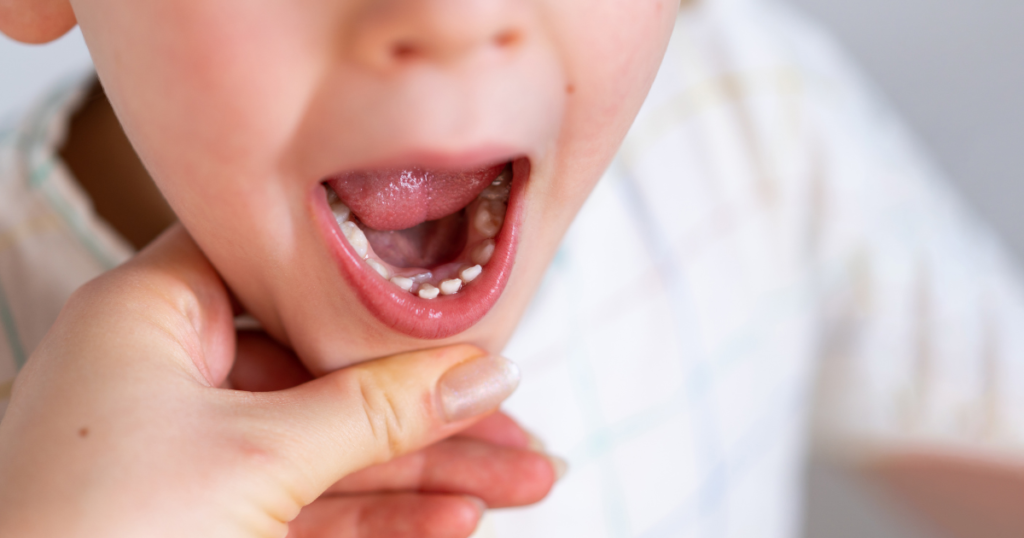
There are several types of excessive teeth, which can be divided into the following three categories depending on where the excessive teeth occur and the direction in which they grow.
Median excess tooth
Conformational Excess Teeth
Reverse Excess Teeth
Median excess tooth
Median excess teeth are excess teeth located between the upper central front teeth. Excess teeth that are buried in the gums are called "buried median excess teeth.
of excess teeth49.2% have excessive median teethOr it is reported to be a buried median excess tooth, which is the most popular case of excess tooth.
Often discovered around age 6-7, it interferes with the eruption of permanent front teeth.
Excess median teeth are often the cause of cuspid teeth (median avulsion) and are often recommended to be extracted as soon as they are discovered.
excessive sequential tooth
Genuine excess teeth are excess teeth that grow in the same orientation as other permanent teeth.
If there is little risk to tooth alignment, bite, or other permanent teeth because they often grow through the gums and toward the mouth,Teeth are often extracted at the same time they grow in.The following is a list of the most common problems with the
retroactive excess teeth
Inverted excess teeth are excess teeth that grow in the opposite direction of normal permanent teeth.
Even though "over-teeth" grow in, they grow toward the gums, so they don't break through the gums and grow into the mouth.
Worst case scenario, the excess tooth may break through the sinus or maxillary sinus, causing sinusitis or maxillary sinusitis.
Because they are buried in the gums,When extracting a tooth, the gum must be incisedThe following is a list of the most common problems with the
Therefore, if the tooth is in a position that does not adversely affect other permanent teeth, it is often followed without extraction.
How to Diagnose Excess Teeth
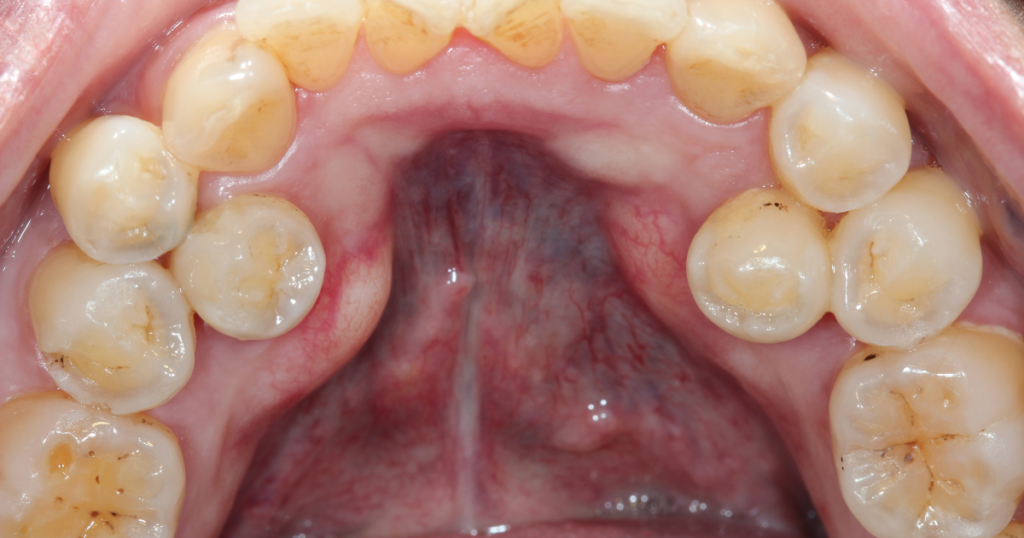
Excess teeth are,If they are growing in, examine the number and shape of the teeth to determineThe following is a list of the most common types of products that can be used in the market.
In the case of a buried median or inverted excessive tooth that is buried in the gum, it is not visible,X-rays are taken for diagnosis.
The front teeth in the center have a gap and are crooked.
Permanent teeth do not erupt for more than six months after baby teeth are formed.
People with these symptoms are likely to have excess teeth and should be examined by a dentist.
Treatment and Timing of Excess Teeth
The dentist should determine when to treat overgrowth, as the condition and tooth eruption should be taken into consideration.
Basically, if the excess tooth does not affect other teeth, there is no need to rush the extraction.
Is it possible to prevent excessive teeth?
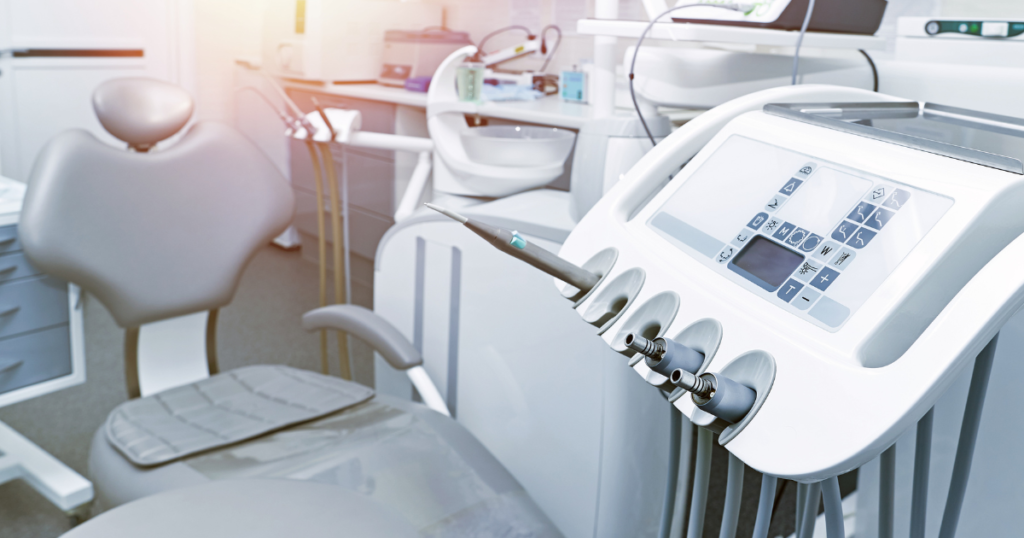
The cause of the excess teeth has not been elucidated,It will be difficult to prevent.
There are several theories as to the cause of excessive teeth, such as heredity or the production or division of too many tooth embryos, but this is only a hypothesis.
What we can do is to check for excess teeth and follow up to ensure alignment, bite, and to reduce the risk to other permanent teeth,Extraction of excess teeth, if necessary.The following is a list of the most common problems with the
After the permanent teeth have erupted, there is a greater chance of problems with the alignment and bite of the teeth.
if possibleHave regular checkups at the dentist's office around the age of 7 to 8 years old, when teeth are changing.and have an x-ray check for excess teeth is recommended.
The earlier we can identify the presence of excessive teeth, the more we can minimize the risk of future deterioration of tooth alignment and bite, as well as the risk of dissolution of the roots of permanent teeth.
summary
Excess teeth are teeth that are extra than normal.
...and teeth and bite are not aligned properly.
...Dissolution of the roots of permanent teeth.
... cysts form.
Bacterial infection
Because of these risks, it is recommended that if there are excess teeth, the dentist should extract them or take other measures as necessary.
The front teeth in the center have a gap and are crooked.
Permanent teeth do not erupt for more than six months after baby teeth are formed.
People with these symptoms are likely to have excess teeth and should see a dentist.
In 365dentist,
Consultation via dentist-operated open chat
Helping you find the right dentist
Useful columns about the mouth
to support your oral health and beauty!
If you have any concerns about your mouth, please feel free to contact us first via our dentist-operated open chat!
RELATED:Should I correct my double teeth? We will tell you how to treat them and how much it costs.
RELATED:What is the condition of beautiful teeth?
365dentist General Supervisor Dentist/Yukiko
Graduated from Nagasaki University School of Dentistry, ~2018 Kyushu Medical Center, 2018-present Working at a dental clinic in Tokyo
Supervisor: Dentist/Naomi
After completing clinical training, worked in cosmetic dentistry in Tokyo. Currently a dentist and dental writer.

